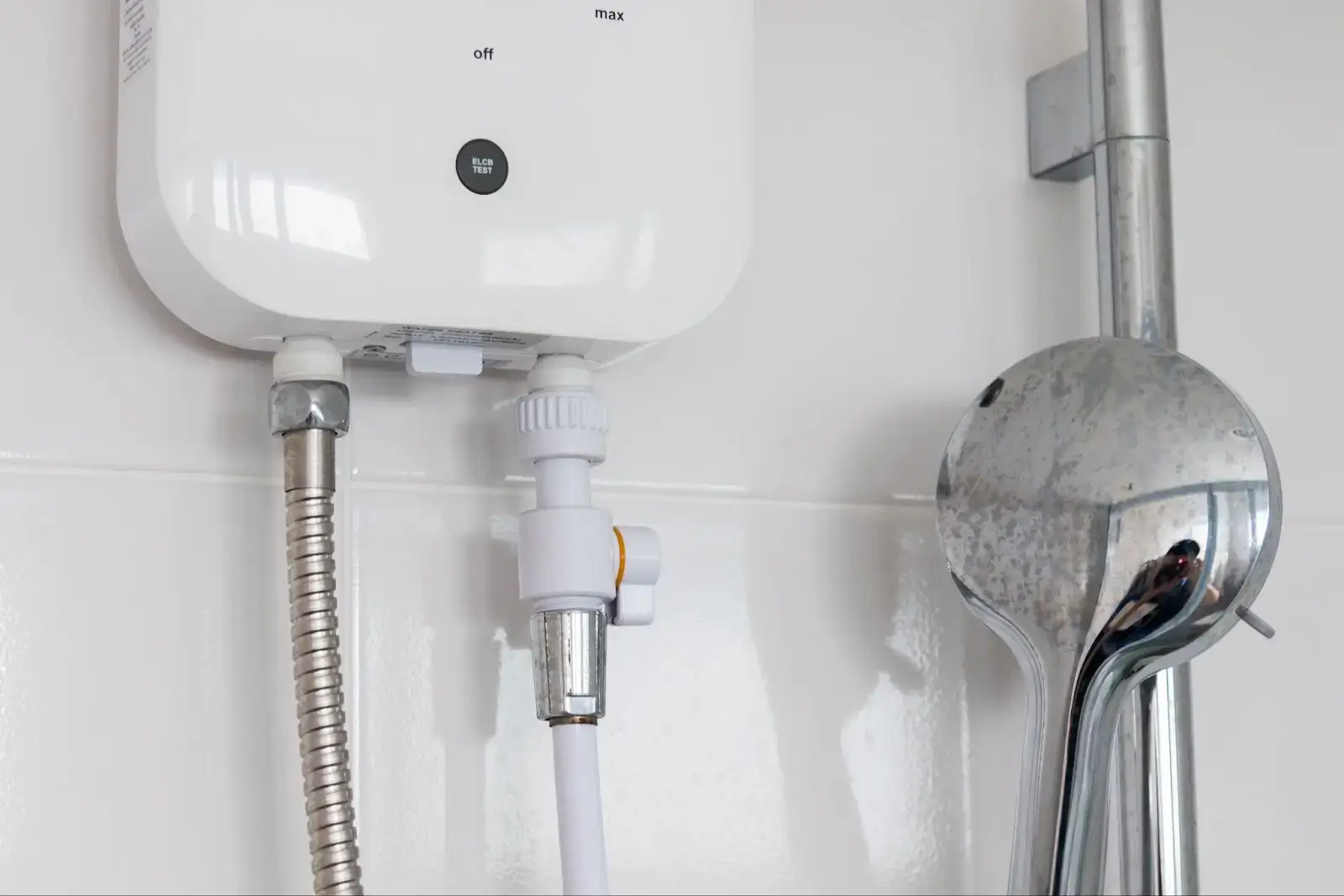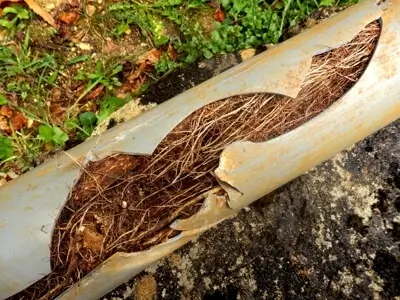Your furnace holds significant responsibilities, especially during winter. Your heating system should be tip-top if you want comfortable airflow all winter.
A heating system isn't NEEDY but requires routine maintenance. Your furnace may also benefit from an annual tune-up.
Various components go into warming your home. The combustion process is composed of more than firing up gas.
However, ignition is the most critical step in the process. Winter winds can keep you from having a silent night if your furnace ignitor is bad.
Here's how you can tell if your furnace ignitor is bad.
Does Your Furnace Have a Bad Furnace Ignitor?
Furnace ignitors have a way of showing you there's something wrong. It's best to pay attention to any unusual activity you notice from your furnace.
Only some of us can pick up warning signals easily. Some of us struggle with indicators, attributing cold air, strange odors, and unusual noises to something other than the furnace.
If you wait too long, you might find yourself in the middle of a more significant furnace issue. It's always best to remedy the problem as soon as it presents itself.
Call an HVAC technician for immediate furnace repair if you notice any of the warning signs listed below.
Signs of a Faulty Ignitor
A furnace ignitor creates friction, integrating fire into gas flows, and generating ambient heating. It instigates ignition, which is a critical step in the combustion process.
The furnace ignitor looks like a lighter with a thin wire made of high-heat-resistant materials. It is situated at the tip of the burner assembly.
The furnace ignitor produces a small flame called the pilot light, which ignites fuel intake to generate heating. A bad furnace ignitor cannot accurately facilitate ignition.
A bad ignitor may produce a standing flame, causing overheating. A faulty furnace ignitor may also fail to light the fuel flow, causing a gas leak.
Having an unreliable or inaccurate furnace ignitor may cause critical furnace issues, and they typically begin with the indicators listed below:
- Short-cycling: your furnace turns ON and OFF.
- Cold air: your furnace blows cold instead of warm air.
- No air: your furnace doesn't produce any air.
- Short-circuiting: your furnace keeps tripping the breaker.
- Unusual activity: your furnace produces strange sounds and smells.
The Furnace Turns On and Off.
Does the furnace cycle on and off without external influence, such as strong winds, rainstorms, or power outages?
Erratic heating cycles cause furnaces to shut down before it reaches their desired temperature. Your furnace may also continue heating after surpassing your thermostat settings.
The Furnace Doesn't Blow Hot Air.
The rest of your furnace systems may keep going, consuming gas supply and circulating air.
The furnace ignitor is the light switch in the heating process. Without it, the pilot light cannot recondition air intake. No fire transforms air into heat, resulting in cold air distribution.
The Furnace Stops Blowing Air.
Some furnaces have more cohesive systems. When one critical component is compromised, the rest will also halt functions.
The furnace control board turns all motors off, including fan blower motors. There won't be any air circulating in or out of the furnace. A total system shutdown prevents resources from going to waste.
The Circuit Breaker Keeps Tripping.
A furnace breaker is linked to your circuit breaker. An electric signal between the two facilitates power distribution.
The power switch can be found within the furnace's control board on its breaker. It receives and redistributes electricity to all motors within the furnace.
Most electric furnaces come with a shutdown safety feature. It keeps the furnace cool and prevents other voltage-issue-related malfunctions.
Newer furnaces have more sophisticated safety systems, but even older furnaces trip internal breakers to avoid dangerous electrical surges.
Safety feature
The thermocouple is a sensor that receives power from the furnace motor. It is linked to both the furnace ignitor and gas line.
It sends a heating signal to garner enough power to generate friction, producing the pilot flame while facilitating fans and valves for intake and output distribution.
The furnace tripping the circuit breaker multiple times indicates an issue in transmission. The furnace's control board cannot manage a power surge, thus cutting off the power supply.
Unusual Activity
Electric ignitors respond to safety sensors. When a furnace senses unusual temperatures, it shuts everything down.
That is not unusual. Unusual activity means the furnace is erratic or producing strange smells and sounds.
It isn't typical for a furnace to smell or sound like anything, hearing or smelling strong elements from it may indicate trouble.
Strange Odors
A burning odor is normal. If you haven't used your furnace in a while, pilot lights may burn off dust or dirt and produce a smell.
Harmless smells come and go, but dangerous indicators last forever. If the funky smell isn't from the cold outside air, it may be coming from your combustion chamber.
If you have a gas furnace, it still shouldn't smell like gas.
When the gas valve opens, gas flow is immediately taken to the combustion chamber and led to the furnace ignitor. A faulty furnace ignitor cannot light the intake, potentially allowing unburned gas into your air vents.
Strange Noises
You may hear quick clicks or flicker from your furnace. Usually, furnace ignitors make these noises upon instigating friction.
Loud and constant banging, hissing, or booming noises are unusual and problematic. Your faulty furnace ignitor may only result from more severe underlying issues.
You can also inspect your furnace ignitor for a pilot light. If the pilot light is lit, you don't have a "bad ignitor" problem. You may have a leak, blown a fuse, or dislodged component.
Dangerous ignitor problem
WARNING: A furnace problem is serious and should be reported immediately. Trying to remedy a faulty ignitor issue can leave you injured.
DO NOT TOUCH THE HOT SURFACE IGNITOR.
Look for your furnace brand to find out the kind of ignitor lights you have. If you have surface ignitors instead of spark ignitors, a larger surface area heats up.
Electric hot surface ignitors are sometimes improperly handled. They may be mistaken for sensors, chamber parts, or pipe walls instead of ignitors.
The same goes for an electric ignitor without spark-driven ignition systems. Remember, just because it doesn't glow red hot doesn't mean it isn't scorching to handle with bare hands.
If you need furnace repair, call an expert instead of handling a heat exchanger without proper safety equipment.
What Causes a Bad Furnace Ignitor?
Various issues may cause your faulty furnace ignitor. However, a bad ignitor is almost always thanks to dirt and insufficient power.
While a new ignitor isn't costly, there are ways you can protect or repair what you already have. Remember, prevention is always better than cure.
You should know what causes faulty ignitors in the first place. It may help you avoid faulty furnace ignitor issues in the future.
The Most Common Causes Behind a Faulty Furnace Ignitor
The Flame Sensors are dirty.
Dirty flame sensors may cause a faulty furnace ignitor, especially if you have a hot surface ignitor.
The furnace senses temperature and pressure to activate the pilot lights. If your flame sensors are obstructed or saturated with debris or residue, they cannot sense when to activate the pilot light.
Most furnaces with a standing pilot light have added safety controls to turn the light off when sensors fail. It may seal the gas valve to prevent the gas supply from seeping into the open air.
It is Short Circuiting
Short-circuiting systems disrupt the flow of electricity. It can hinder or prevent the proper combustion reaction.
If your furnace is short-circuiting, the furnace breaker withholds all power distribution. The furnace ignitor, whether a hot surface ignitor or spark ignitor, requires power to ignite the pilot light.
You can thank that recent power outage or snowstorm for your cold house. Still, you may see a faulty furnace ignitor before it causes you worse problems, leading to costly repairs.
The Proper Care and Maintenance of Your Furnace
It would help to think of having a pre-season tune-up. It prevents the furnace failing against wear and tear or succumbing under harsh temperatures.
If you aren't keen on keeping up with schedules or sudden expenses, consider getting a membership plan. You can choose a payment plan to help maintain your HVAC systems more efficiently.
Find out more: Sunset Heating & Cooling Membership Plan.
Need Help? Call Sunset Heating & Cooling | Electrical
Tired of feeling that harsh winter chill in your bedroom? Call Sunset Heating & Cooling, and we will deal with that faulty furnace ignitor for you.
Remember, the wrong ignitor is bad for your entire HVAC system.
If your vents blow cold air, it's time for an ignitor repair.
We can also help you replace the air filter, grease the gas valve, or clean the pilot light. For furnace repair, you need the Sunset Heating & Cooling team.
We can deal with your furnace, air conditioner, water heater, and everything in between.
Click here for emergency furnace repair in Portland, Oregon.
Your bad furnace ignitor may just be the beginning. That bad ignitor may be telling you it's time for something new.
We offer efficient furnace installation and replacement services if you want to upgrade.
Call now at (503) 500-5866
Our team will ensure your home gets reliable warm air all winter long.







